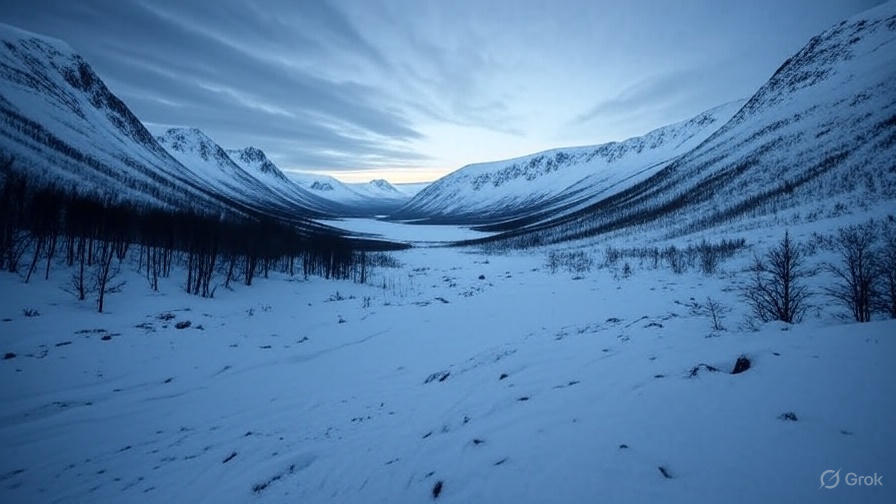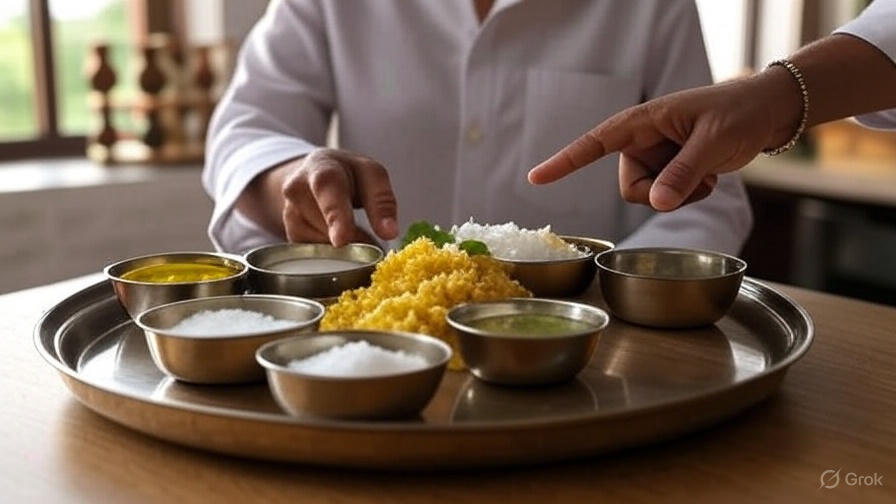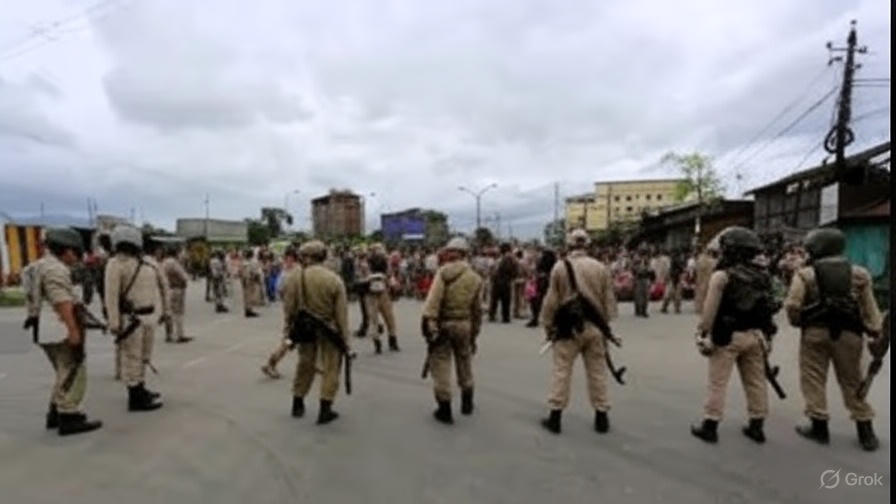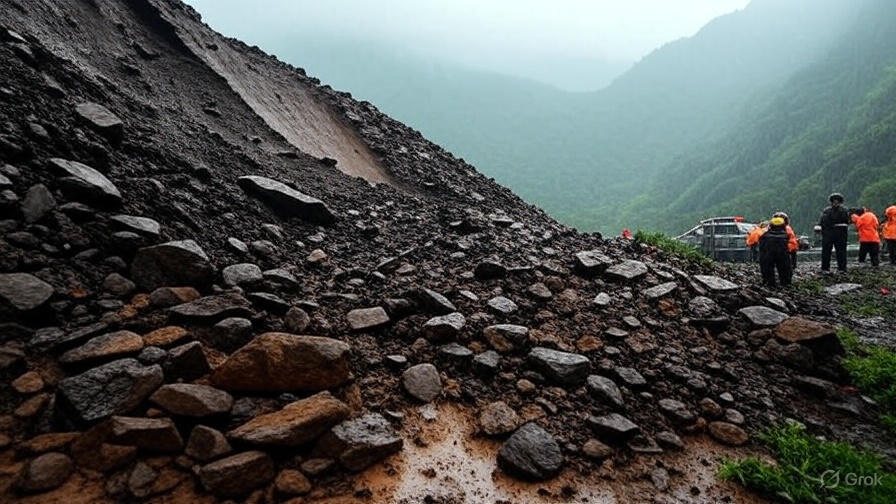A US journalist survived a harrowing three-day fight for his life in the freezing wilderness of Arctic Norway after a catastrophic fall left him alone, severely injured, and without a working phone. This is the incredible story of David Hernandez, a 44-year-old travel and adventure writer from Miami, whose routine hike turned into a nightmare and a ultimate test of human resilience. His tale of survival, which involved drinking his own urine to stave off dehydration, is a powerful lesson in the will to live and the stark realities of nature’s indifference.
The Calm Before the Storm: A Routine Hike in the Arctic Circle
David Hernandez was in northern Norway to document the ethereal beauty of the Arctic winter for a travel magazine. An experienced hiker, he had traversed trails from Patagonia to the Himalayas. On March 15th, he set out on what was supposed to be a day hike near the town of Narvik, a region known for its dramatic fjords and rugged mountains. The forecast was clear but cold, typical for the time of year, with temperatures plummeting to -4°F (-20°C) at night. He carried a daypack with essentials: some water, energy bars, a first-aid kit, an extra layer, and his phone. Confident in his abilities and planning to be back before dusk, he ventured into the breathtaking, yet brutally unforgiving, landscape.
The Accident: A Single Misstep Changes Everything
The incident occurred in the late afternoon. Hernandez was navigating a steep, icy ridge to get a better vantage point for photographs. According to his account to rescuers, a patch of black ice, invisible under a light dusting of snow, gave way beneath his boot. “It was a split second,” he later recalled. “One moment I was steady, the next I was tumbling.” He fell nearly 10 feet onto a rocky outcrop below. The impact was severe and immediate. A searing pain shot through his right leg. He instantly knew it was broken. To make matters worse, his phone was shattered in the fall, and his water bottle had burst, soaking his glove and jacket sleeve. In an instant, he was stranded, injured, and completely cut off from the world.
The Fight for Survival: 72 Hours of sheer Willpower
This is where the true story of how a US journalist survived begins. Isolated and in agonizing pain, Hernandez knew panic was his greatest enemy. His survival instinct kicked in.
First Night: Managing Shock and Cold
His first priority was to get out of the wind. Using his arms and his good leg, he dragged himself to a small, shallow cave formation in the rock face nearby. He used his backpack as insulation beneath him and wrapped his emergency foil blanket around his body. The first night was a battle against shock and hypothermia. The dampness from the spilled water quickly froze, adding to the cold. He focused on taking slow, deep breaths, managing the pain, and staying conscious.
The Desperate Measure: A Source of Hydration
By the second day, dehydration became a critical threat. With no liquid water available—only snow—and no way to melt it, he faced a dire choice. Eating snow would lower his core body temperature, accelerating hypothermia. Drawing on survival knowledge, he made the difficult decision to drink his own urine. As documented in survival manuals from experts like the U.S. Army Survival Manual (FM 21-76), this is a measure of last resort to prevent dehydration for a short period, though it is not a long-term solution due to the concentration of waste products. This extreme act was a pivotal moment in his fight to stay alive.
Staying Hopeful: The Mental Battle
Perhaps the greatest challenge was psychological. The Arctic silence was deafening. Hours stretched into an eternity. Hernandez stated he occupied his mind by mentally writing his article, recalling favorite books and movies, and focusing on the faces of his family. He would shout for help at regular intervals, though he knew the chances of anyone hearing him in the vast emptiness were infinitesimally small.
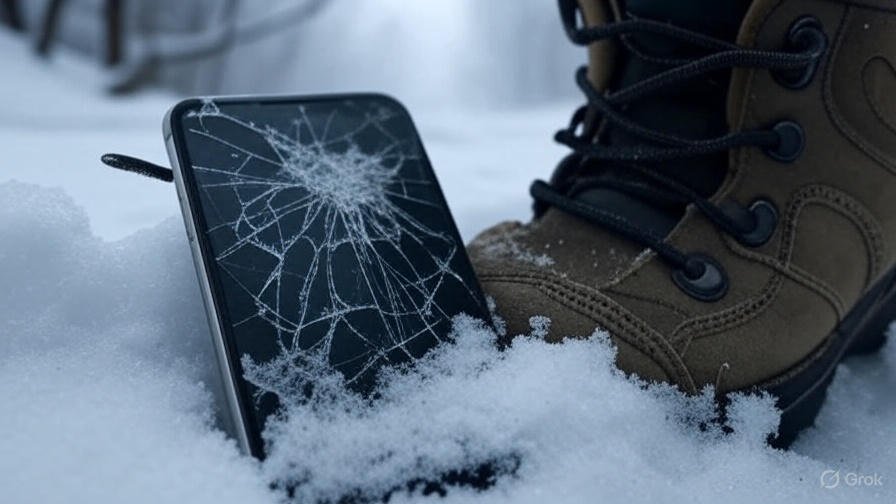
The Rescue: A Race Against Time
Back in Narvik, when Hernandez failed to return that evening, his hotel staff grew concerned. He was a diligent guest and had signed the trail log before leaving. The next morning, they alerted local authorities. The Norwegian Red Cross Search and Rescue Corps, a renowned volunteer organization, immediately launched a search operation.
The terrain made the search incredibly difficult. For two days, teams on foot and drones scoured the popular trails with no sign of him. It was a volunteer on a snowmobile, veering slightly off the main path to check a less-frequented valley, who finally heard a weak cry for help on the third day. They found Hernandez in his makeshift shelter, conscious but severely dehydrated, hypothermic, and in immense pain from his compound fracture.
The Aftermath and Recovery: A New Perspective
David Hernandez was airlifted to a hospital in Tromsø. He underwent surgery to set his leg and was treated for severe dehydration and frostnip on his fingers. Physically, he is expected to make a full recovery, though the process will be long.
Mentally and emotionally, the experience has left an indelible mark. In a statement from his hospital bed, he said, “You read about survival, but you never truly understand it until you’re there. Those three days felt like a lifetime. I am endlessly grateful to the rescuers who never gave up. This experience has humbled me beyond words and given me a ferocious appreciation for life itself.”
Lessons in Survival: Expert Takeaways from the Ordeal
This incident provides stark, real-world lessons for any outdoor enthusiast, from day-hikers to seasoned adventurers.
- The Ten Essentials: Always carry the Ten Essentials for hiking, regardless of trip length. This includes navigation (map, compass), sun protection, insulation, illumination, first-aid supplies, fire starter, repair kit/tools, nutrition, hydration, and emergency shelter. A satellite messenger or personal locator beacon (PLB) could have summoned help immediately.
- Tell Someone Your Plans: Always leave a detailed itinerary with someone you trust—your route, destination, and return time. This simple step is what saved Hernandez’s life.
- Know Basic Survival Skills: Understanding basic first aid, how to build a shelter, and the priorities of survival (shelter, water, fire, food) is critical.
- Your Mind is Your Best Tool: As this story proves, the will to live is the most important survival tool. Staying calm, rational, and hopeful can make the difference between life and death.
